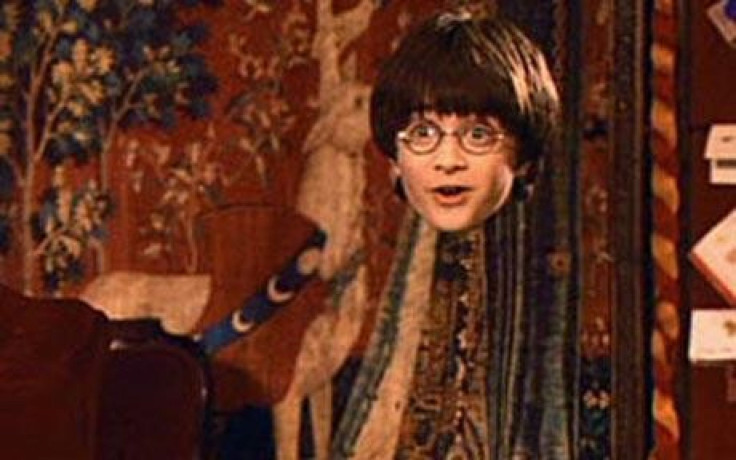Scientists Reveal a Magnet-Proof Invisibility Cloak

It seems invisibility cloaks are not mere fabrications of the world of wizardry. Scientists and students have introduced a new phenomenon of cloaking, with a magnetic invisibility cloak as its latest addition.
An anti-magnetic cloak pushes magnetic fields outwards, creating a hole that allows the cloak to shield objects from magnetic fields. It has been developed by researchers from the Autonomous University of Barcelona, Spain, Science Now Reported.
This will take cloaking technology another step forward, said John Pendry, the co-inventor of the original cloaking idea, who was not involved in this particular project.
To shut of the magnetic field when protecting an object, Alvaro Sanchez and researchers from Spain, wrapped a cylindrical shell of superconductor in layers of material that are magnetized and work to pull the external magnetic field out of the center.
The anti-magnetic cloak has proved to tackle magnetic fields of any shape and strength within the capacity of the superconductor, that carries electrical current without any resistance when cooled down. However, if the magnetic field is too strong the superconductor gets knocked out of its resistance-free state and ruins its field-repelling qualities, the study has found.
When testing the cloak, the researchers found that it only needed to be a minimum of four layers, although the more layers there were the better the cloak could guide the magnetic fields.
It doesn't need to be a closed cylinder; it can be an open cylinder or open plate, although in this case the magnetic cloaking properties are reduced, Sanchez said in a report published in New Journal of Physics on Friday.
Following the positive results of the experiment, the researchers realized that the device could be applied medically, especially in cases where sensitive electronic implants had distorted MRI images,
Ariel Roguin, a cardiologist at Rambam Medical Center in Haifa, Israel, Science Now Reported,
Not everyone is convinced by the cloak, however; MIT professor of materials science Caroline Ross says nobody has been able to make superconducting materials at room temperature. She also said that superconductors don't function in the presence of powerful magnetic fields, the kinds given off by MRI devices, Discovery News Reported.
Invisibility Cloaks for Humans
Meanwhile, a student from St. Andrews University, Scotland, has developed an optical sphere that has also paved the way to creating an invisibility cloak of sorts.
Janos Perczel, 22, an undergraduate student at St. Andrews, said that light could be bent around an object by slowing it down, creating an optical illusion.
When the light is bent it engulfs the object, much like water covering a rock sitting in a river bed, and carries on its path, making it seem as if nothing is there, said Perczel who claims his clock can be used against any background.
The results have revealed some limitations, however, with so far only being able to make an object invisible when it is still. It would be ideal for someone wanting to stand and hide in camouflage but as soon as the person or object moves the scenery would become distorted and eventually reveal what was behind the clock.
This new development opens up further possibilities for the design of a practical invisibility cloak, overcoming the problem of light speed which other advances have struggled to address and, very impressively, this significant advance was achieved by an undergraduate student, said a spokesperson for the Institute of Physics.
© Copyright IBTimes 2024. All rights reserved.











